On the occasion of the 12th TPO General Assembly held in Ho Chi Minh City, Tin Tuc and Dan Toc Newspaper interviewed Ms. Kang Da-eun, Secretary General of the Global Cities Tourism Promotion Organization to clarify the city's potential and role on the international tourism map.

Ms. Kang Da-eun, Secretary General of the Global Cities Tourism Promotion Organization.
Ms. Kang Da-eun, how do you evaluate the role and potential of Ho Chi Minh City on the international tourism map?
Ho Chi Minh City is one of the most youthful, dynamic and vibrant cities in Asia. With a young population, the city is always bustling day and night. Bustling streets, modern commercial centers mixed with ancient architectural works, historical and cultural relics have created a unique blend, both international and preserving traditional identity.
Ho Chi Minh City’s strengths also lie in the hospitality, openness of its people and its ability to adapt quickly to new tourism trends. International visitors come here not only to explore famous landmarks but also to experience the ever-changing urban life. I believe that with a sustainable development orientation and strong investment in tourism infrastructure, the city will continue to affirm its position as a leading destination in the region.
Madam, this year the 12th TPO General Assembly focuses on the theme “Shaping the Future of Tourism: Embracing Digital and Green Transformation”, so what are the challenges and opportunities that member cities are facing to achieve this goal?
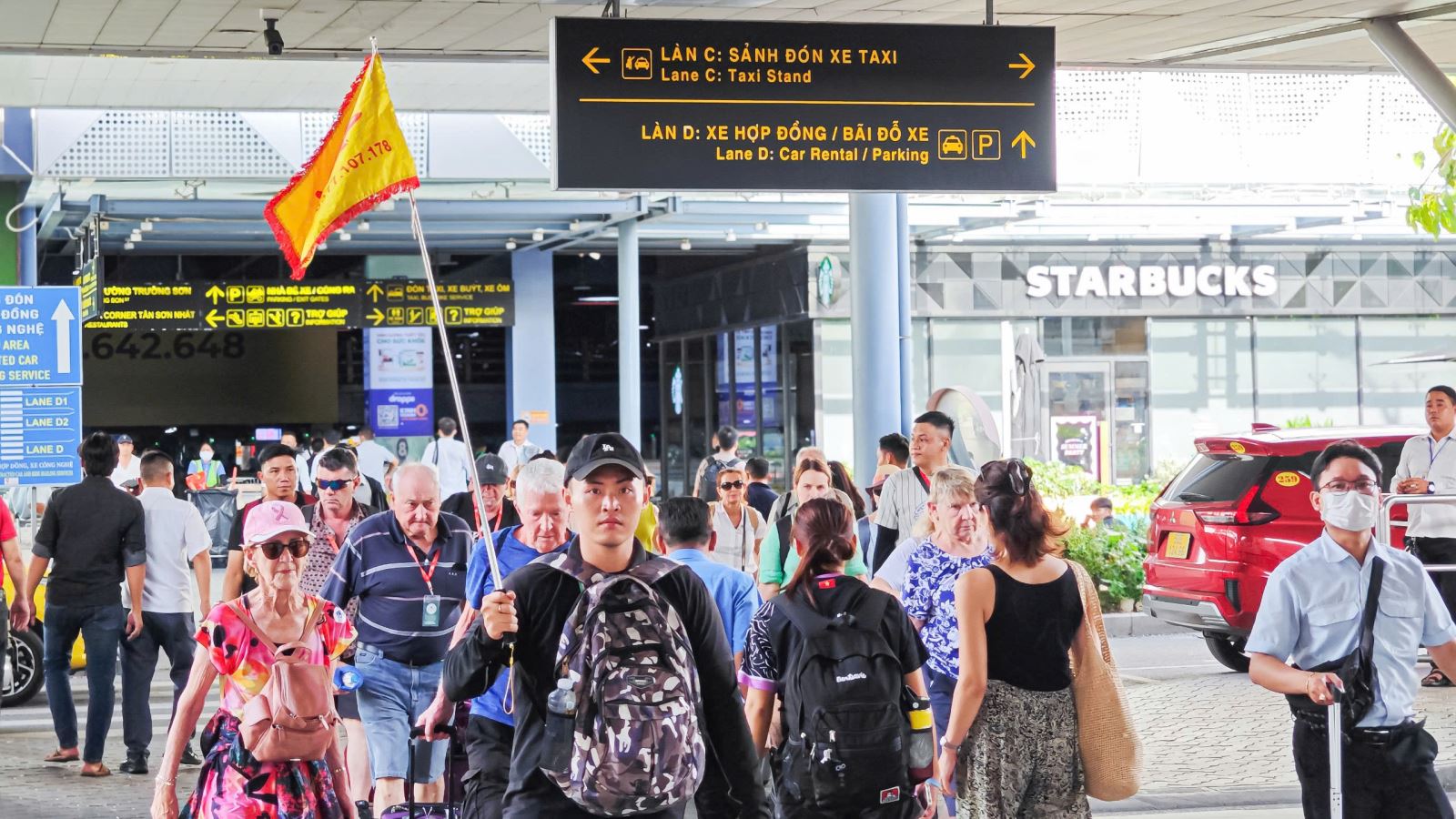
The number of international visitors to Ho Chi Minh City increases year by year thanks to many synchronous solutions and policies from Ho Chi Minh City leaders.
The biggest challenge today is the disparity in development capacity between cities, combined with the increasing pressure from climate change. While some cities have modern digital infrastructure and systematic tourism management, many places are still limited and lack the tools to sustainably exploit cultural and natural resources. Climate change also creates unpredictable risks for the global tourism industry.
Along with the challenges are new opportunities. Specifically, digital technology helps to forecast more accurately, manage resources effectively and personalize services, while green transformation opens up new value through sustainable development, linking economic benefits with social and environmental responsibility. To accompany cities, TPO has built a Good Tourism Index to measure the effectiveness of destinations, and introduced the Green Horizon platform with the PEC (Promote - Expand - Cooperate) strategy, aiming to encourage responsible tourism initiatives, spread innovation and strengthen cooperation between cities.
After the COVID-19 pandemic, tourism trends have changed significantly. What strategies does TPO have to help member cities adapt, with a special focus on responsible and green tourism?
Post-pandemic, tourist behavior has changed dramatically. Many people prioritize personalized experiences related to health, rest and recovery. Types of health care tourism, nature resorts, and indigenous cultural tourism are increasingly developing. At the same time, small towns, rural areas or local heritage sites that were previously overlooked have become new centers of international tourism attraction.
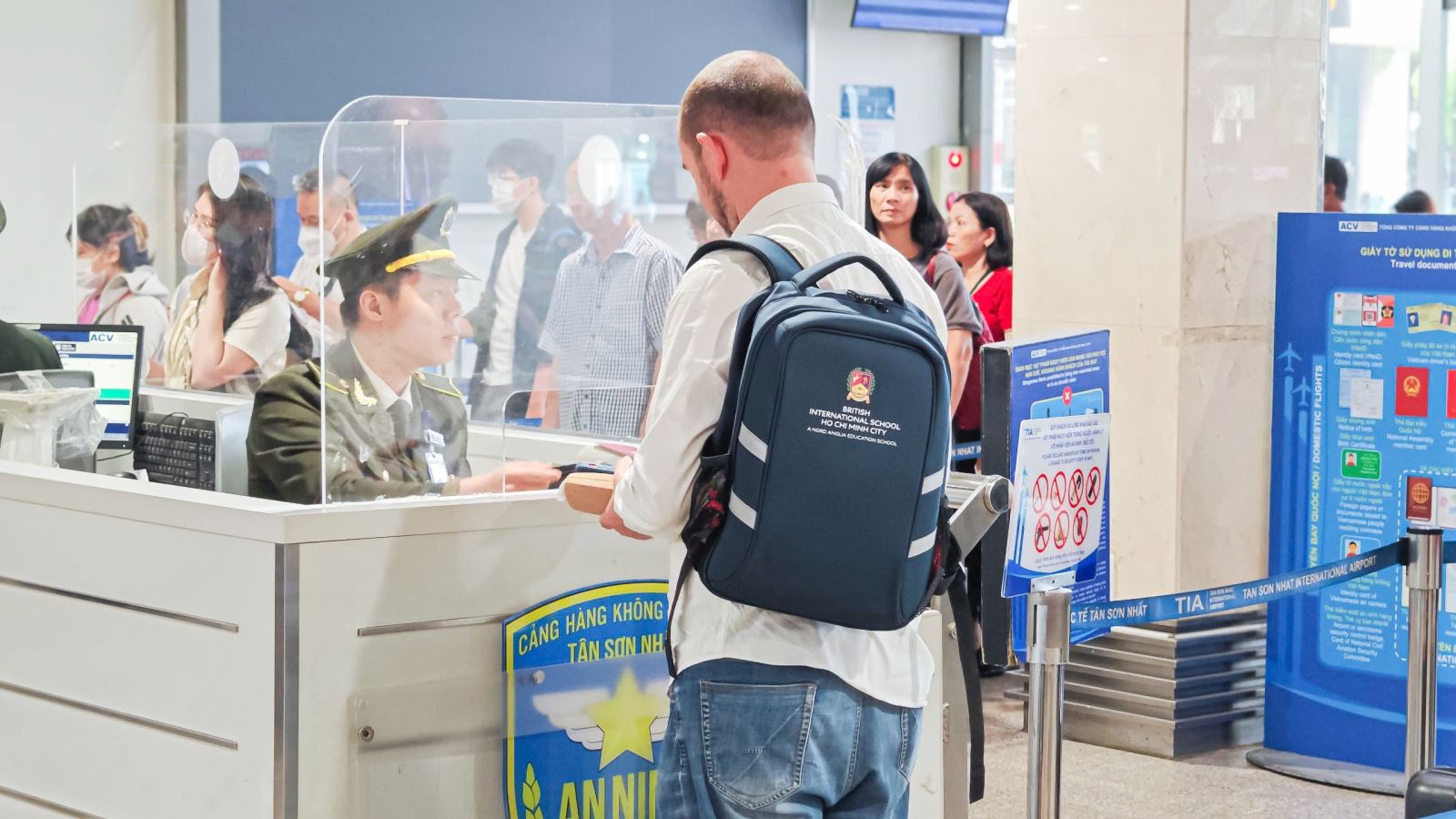
Foreign tourists complete immigration procedures at Tan Son Nhat Airport, Ho Chi Minh City
Currently, TPO aims to support cities in three main directions. First, discover and promote “hidden gems” not only in lesser-known urban areas but also in the heart of large cities. Second, connect destinations into diverse itineraries, helping tourists experience many layers of culture and landscape in one trip. Third, provide tools and platforms to promote responsible tourism such as the Good Tourism Index, the Green Horizons platform, the Best Tourism Awards and youth exchange programs to foster sustainable development thinking among the younger generation.
Madam, what does the cooperation between cities in the TPO network mean for tourism recovery and development?
Promoting cooperation is a core value of TPO. No city can cope with climate change, fierce global competition or changes in tourist demand alone. TPO provides a forum for cities to share experiences, support each other and develop together. For example, some member cities have coordinated to implement smart tourism programs, sharing data on tourist flows and consumption trends to coordinate and avoid overcrowding at destinations. Another project is Linked Green Tourism, in which many cities jointly develop cross-border eco-tourism products, linked to the conservation of mangrove forests, coastal ecosystems and traditional craft villages.
In addition, the TPO youth cultural exchange program has created a space for young generations from many countries to meet, learn, and participate in environmental protection activities, thereby building long-term bonds between cultures. These are clear evidences that cooperation not only brings economic benefits but also promotes understanding, solidarity and shared responsibility for sustainable development.
Thank you very much!
Source: https://baotintuc.vn/du-lich/tp-ho-chi-minh-mang-den-trai-nghiem-doc-dao-cho-du-khach-quoc-te-20250915192336016.htm



![[Photo] Fall Fair 2025 and impressive records](https://vphoto.vietnam.vn/thumb/1200x675/vietnam/resource/IMAGE/2025/11/03/1762180761230_ndo_br_tk-hcmt-15-jpg.webp)

![[Photo] Prime Minister Pham Minh Chinh receives the Chairman of the Japan-Vietnam Friendship Association in the Kansai region](https://vphoto.vietnam.vn/thumb/1200x675/vietnam/resource/IMAGE/2025/11/03/1762176259003_ndo_br_dsc-9224-jpg.webp)
![[Photo] General Secretary To Lam receives Singaporean Ambassador Jaya Ratnam](https://vphoto.vietnam.vn/thumb/1200x675/vietnam/resource/IMAGE/2025/11/03/1762171461424_a1-bnd-5309-9100-jpg.webp)
![[Photo] Lam Dong: Close-up of illegal lake with broken wall](https://vphoto.vietnam.vn/thumb/1200x675/vietnam/resource/IMAGE/2025/11/03/1762166057849_a5018a8dcbd5478b1ec4-jpg.webp)
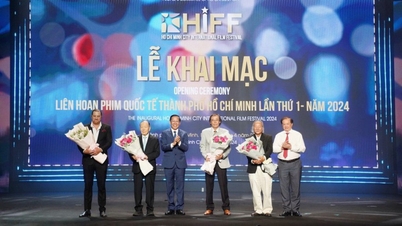

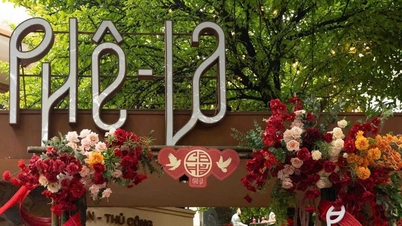





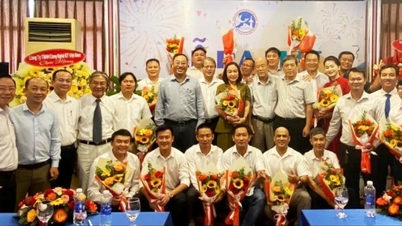


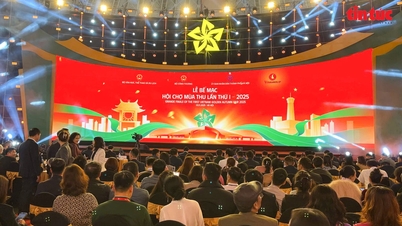

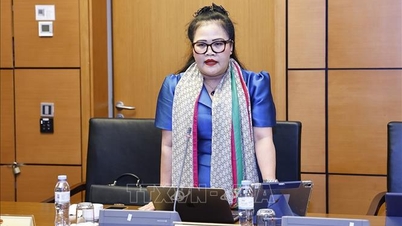
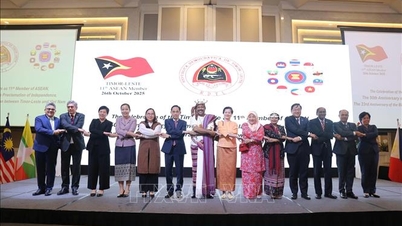








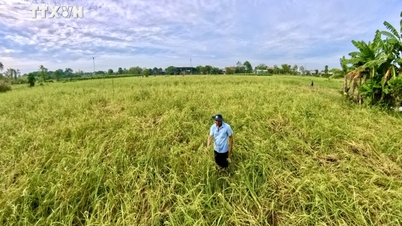


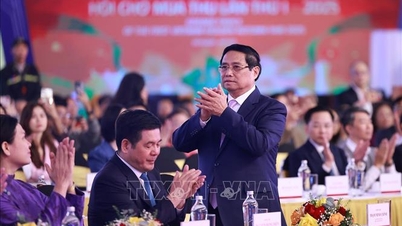
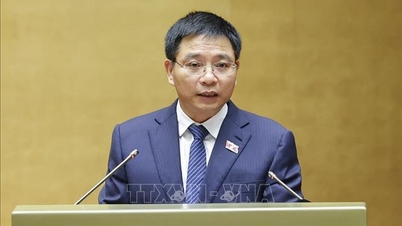



























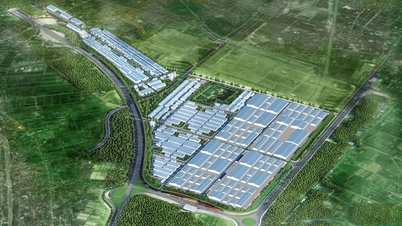
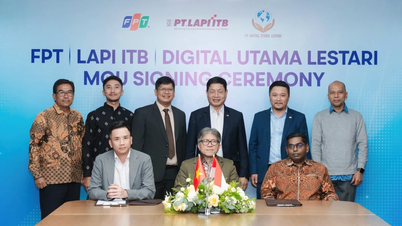









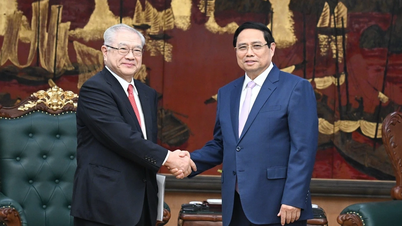







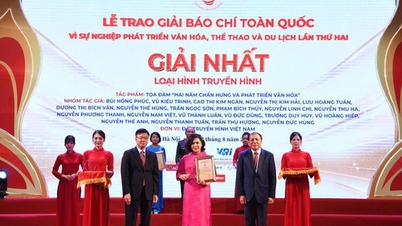




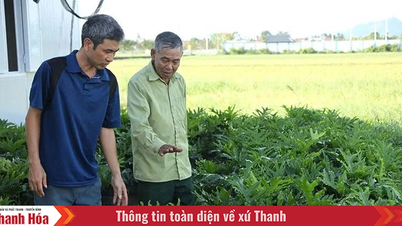

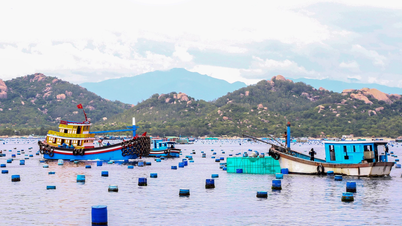


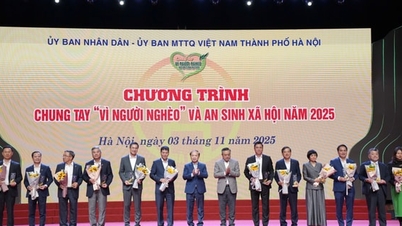

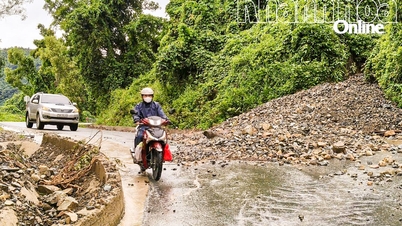














Comment (0)